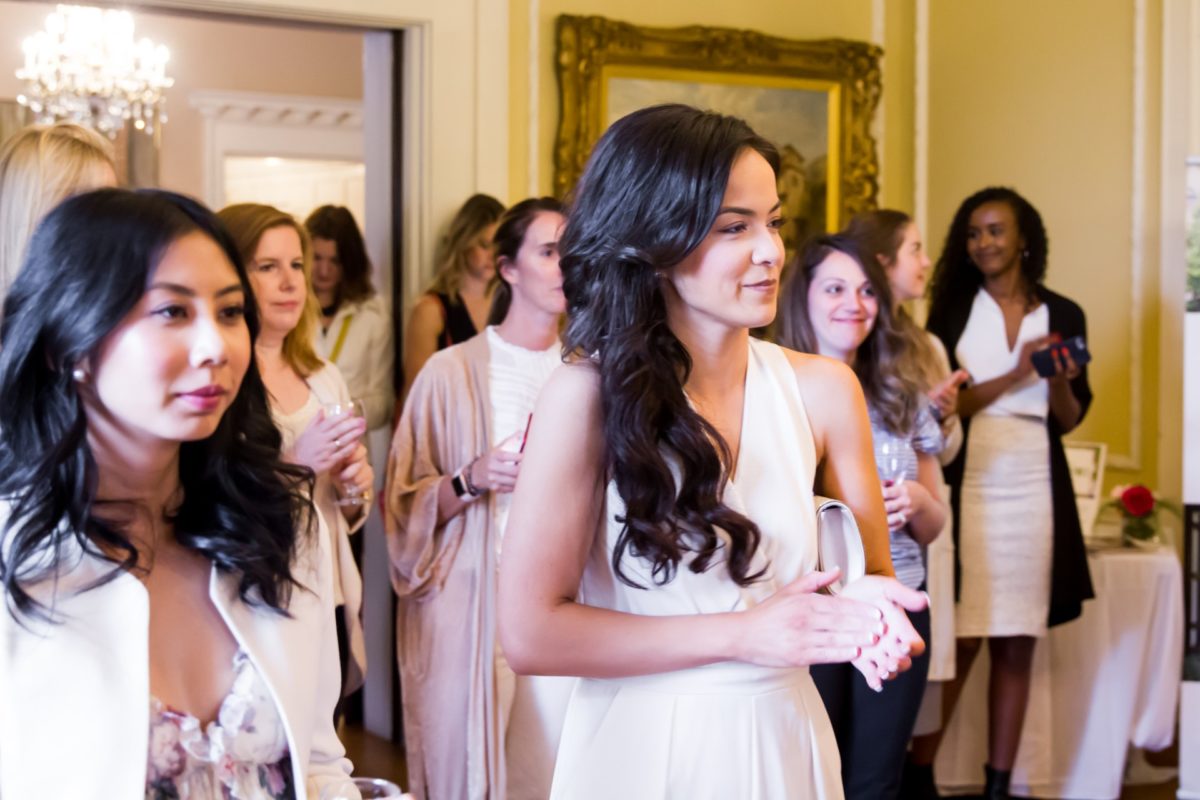A career portfolio is a collection of items that shows your work. It contains evidence of your knowledge, skills, and abilities, highlighting what you’ve learned, what you know, and what you can do. Many people assume career portfolios are only useful in a job search but they can be used in a variety of situations such as performance reviews, professional development plans, and more.
We’re not going to lie, making a career portfolio takes a lot of time and effort to develop. However, it is simple to maintain over the years. The process of developing and updating your portfolio will help you to reflect on what you have accomplished and what you would like to do in the future. It is a great tool to assess your current knowledge and skills, prepare for interviews, increase your confidence, and identify areas that you wish to strengthen.
The following steps will outline how you can build your master career portfolio to become more competitive in today’s job market. Once you’ve built your master portfolio, you can customize it for different purposes or audiences by adding or removing items.
Identify your knowledge, skills, and abilities
If you know what your knowledge, skills, and abilities are, you will be able to develop a better career objective – a statement of what you want to do or accomplish. To identify your knowledge, skills, and abilities you can look at two types: job-specific and transferable. Job-specific skills are used to perform a particular task and often gained from specialized training and education or experience on the job (ex. ability to use WordPress). On the other hand, transferable skills are not unique to a particular task and you can transfer them from one job or career to another (ex. communication).
Check out this list of the top five skills you need to have for a career in PR!
Gather evidence
After you have identified a list of your knowledge, skills, and abilities, start to gather evidence of them to showcase in your portfolio. When selecting materials for your portfolio, ensure that you choose items that showcase the skills you have outlined in the previous step. If you are working on a tailored portfolio, choose samples that are relevant to the job you are seeking.
As you are gathering evidence, ensure you think about how much time someone will spend on the item. For example, it is unlikely that a prospective employer will sit and read a 15-page report. Instead, follow these guidelines when choosing what to include in your portfolio:
- Select visual examples of your work if they are available (ex. drawings, photos, diagrams, etc.)
- Use smaller samples of larger works if they effectively demonstrate your skills. If someone is interested in knowing more, you can send more later via your online portfolio. A smaller piece can be a great talking point.
Group evidence into themes
Since you will be organizing your portfolio into different tabbed sections, the next step is to group your evidence by theme. There is no right or wrong way for how you choose to showcase your work but a couple of theme ideas can include: personal, education, employment, community, teamwork/leadership, etc.
Organize and assemble evidence
After all of your evidence is sorted into themes, you can begin to organize and assemble your portfolio. Create tabs for each theme so that they can quickly be referenced. A table of contents at the beginning also helps for a quick reference. Remember that this is a professional document and an extension of your resume, so ensure there are no spelling and grammar mistakes.
Present the evidence
You are almost done! After all the hard work you have done putting together your portfolio, you want to ensure you can show it off. First impressions matter, as you know, so place your portfolio contents into a nice folder and binder. The outside packaging also represents you and will send a message to the person viewing your portfolio. Many people now also showcase their portfolio online. It is a good idea to bring a physical copy to interviews or meetings and then refer the person to your online version for further reference.
Keep it up
Like we mentioned at the beginning, making a career portfolio takes a lot of time and effort to develop. However, it is simple to maintain over the years. As you add more experience to your resume, ensure you are tucking aside evidence of your growth. This way, when you need it, it’s all right there.
Join the Public Relations Academy to take your creative ideas and put them into a systematic plan to help you deliver the content you need to succeed. You can also sign-up for our one-on-one coaching monthly strategy calls. Take the FREE 5 Day Perfectly Planned Publicity Challenge. *Special Offer* Sign-up for Kajabi FREE for 28 days through Women in PR North America!
Women in PR North America
The Organization of Canadian Women in Public Relations (Women in PR Canada) and American Women in Public Relations (Women in PR USA) is a network of leading business women striving for excellence in the field of public relations. Together, our organizations form Women in PR North America.


